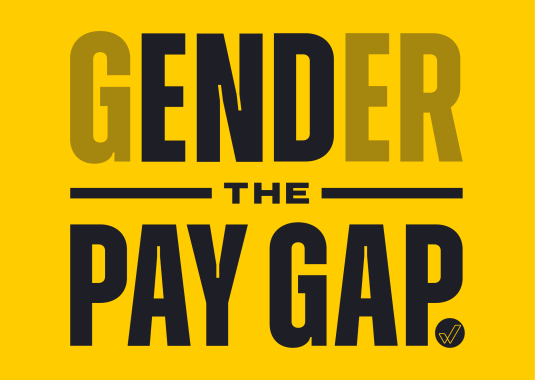When we discuss justice, equity, diversity, and inclusion (JEDI) within the workplace, our thoughts often pivot to matters like workforce composition, gender parity, or racial and ethnic representation. However, equally essential – yet often overlooked – is the concept of pay equity and a living wage. A genuinely inclusive workplace is not only diverse in demographic makeup but also in terms of equitable pay and remuneration.
Understanding Pay Equity and Living Wage
Pay equity, or equal pay for equal work, involves equal pay to employees who perform the same or similar job roles, regardless of gender, race, or any other protected characteristic. A living wage, on the other hand, refers to a wage level that allows an employee to afford the basic necessities of life, such as food, housing, and healthcare.
Pay Equity, Living Wage, and JEDI
The nexus between pay equity, living wage, and JEDI is quite simple - it lies in fairness and respect for human dignity. Injustices in pay structures perpetuate systemic inequities that disproportionately impact underrepresented groups, widening the social and economic divide.
Addressing pay equity promotes justice by ensuring everyone is fairly rewarded. It strengthens diversity by valuing all employees' contributions equally, thus encouraging a broader spectrum of individuals to join and thrive within the organization. Pay equity and a living wage enhance equity by narrowing wage gaps among different demographic groups. Finally, pay equity promotes inclusion by creating a work environment where everyone feels their work is equally valued.
Exploring Pay Equity Within Your Organization
Here are some steps organizations can take to explore pay equity:
- Transparent Pay Structures: Aim to develop and implement clear, equitable pay structures tied to specific roles, experience levels, and achievements.
- Regular Pay Audits: Regular pay audits can help identify unexplained wage discrepancies between different demographic groups.
- Address Unconscious Bias: Training for managers and hiring committees can help identify and mitigate unconscious biases that may influence pay decisions.
- Equal Opportunity for Advancement: Ensure that opportunities for promotions and pay raises are fairly distributed across the workforce.
Best Practices for Addressing Pay Equity
Here are some best practices for organizations to consider:
- Implement Fair Pay Policies: Establish policies to ensure pay equity, such as offering the same starting salaries for the same roles and tying pay raises to objective performance measures.
- Encourage Salary Negotiation: Women and minority groups are often less likely to negotiate salaries. Provide resources and encouragement to ensure all employees feel empowered to negotiate.
- Transparent Salary Reporting: Consider adopting practices like salary range transparency to diminish the likelihood of unconscious bias and discrimination.
- Promote Diversity at All Levels: Make a concerted effort to ensure diversity is represented at every level of the organization, including leadership and executive roles.
- Legal Consultation: Regularly consult legal experts to ensure your pay practices comply with all relevant laws and regulations.
Addressing pay equity and a living wage is critical to creating more inclusive and equitable workplaces. We must not just be content with achieving diversity in numbers but also strive for meaningful inclusivity and equity in every aspect of our organizational operations. The path to justice, equity, diversity, and inclusion begins with fair compensation.
Resources











